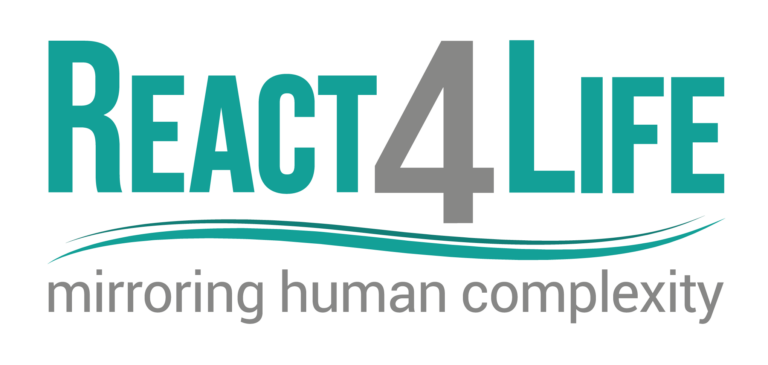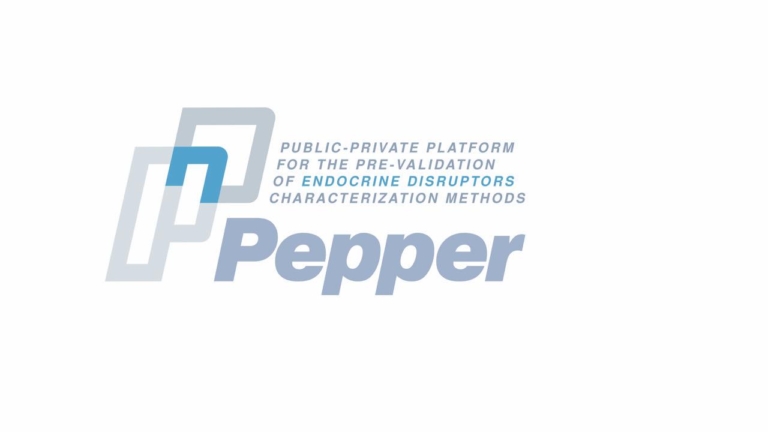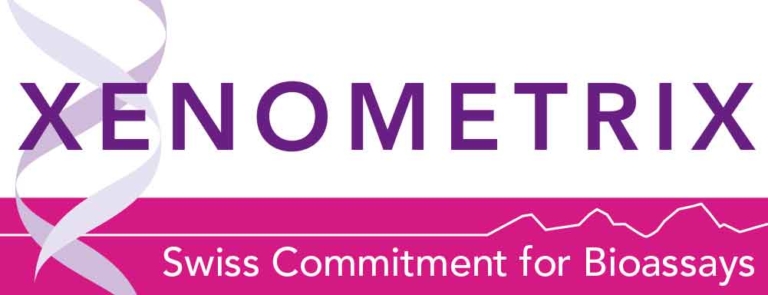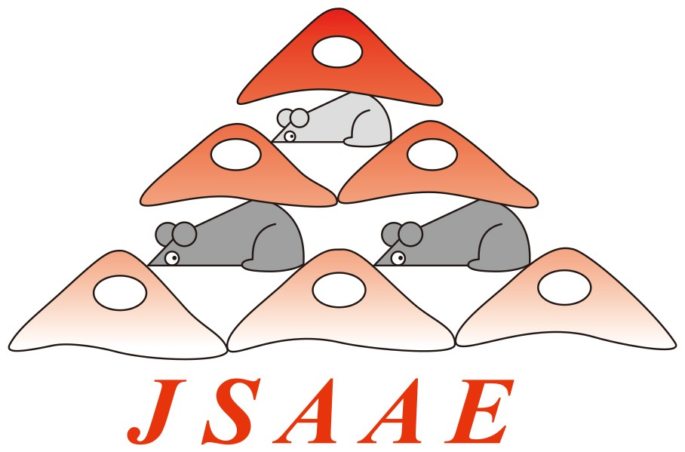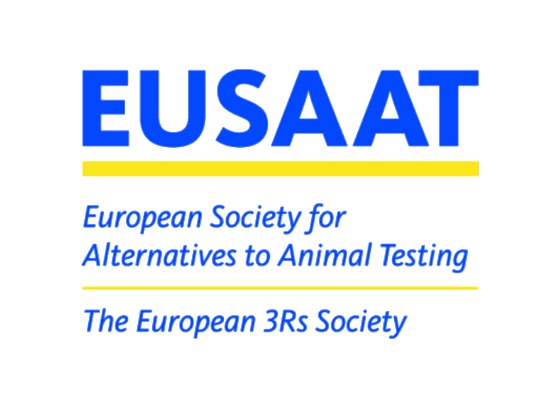Thursday, April 14 2022
11:00 AM -12:00 PM EDT (17:00-18:00 CEST)
A 3D alveolar in vitro model for the prediction of chemical respiratory sensitizers and irritants
Presented by Sabina Burla, Luxembourg Institute of Science and Technology (LIST)
The increasing prevalence of chemical respiratory allergic diseases resulting in high morbidity and mortality deems necessary a precise classification and labelling of chemicals inducing respiratory sensitization, to ensure the hazard is communicated and allow the safe handling and use. The immunological mechanisms underlying the development of respiratory sensitization are not fully understood, and the available new approach methodologies (NAMs) for identification of skin sensitizers fail to categorize chemicals as respiratory or skin sensitizers. Therefore, physiologically relevant test systems for the respiratory tract are essential to anticipate the sensitizing potential of chemicals.
The aim of the present study was to evaluate the performance of a 3D alveolar-capillary barrier designed for the prediction of respiratory sensitizing chemicals. The model is built using human cell lines: alveolar type II epithelial (A549), endothelial (EA.hy926) and monocyte (THP-1). The cellular arrangement within the test system favors the development of a tissue-like microenvironment by cell-to-cell direct communication and indirectly through the secreted messenger molecules. Additionally, it facilitates the exposure of respiratory sensitizers in a more realistic approach, at the air-liquid-interface (ALI).
A panel of test items including known respiratory sensitizing chemicals and irritants was used for exposures to assess the capacity of the test system. Cell viability was measured in the resazurin assay 24h post-exposure at ALI, and the dose-response curves were modelled for the apical, basolateral compartments, and the complete test system. The test system was subsequently exposed to a test item dose leading to a cell viability of at least 75% and the expression of CD54, CD86 and TSLPr cell surface markers was measured by flow cytometry.
Results show that the test system has the potential to distinguish respiratory sensitizers from irritants. In addition, tested pro-haptens were correctly identified as respiratory sensitizers, chemicals reported as false negatives by other NAMs for respiratory sensitization evaluation.
Evaluation of in vitro New Approach Methodologies for Developmental Neurotoxicity
Presented by Kelly Carstens, PhD, US EPA ORISE
Current developmental neurotoxicity (DNT) hazard assessment relies on in vivo testing that is resource intensive and lacks information on key cellular processes. To address these limitations, DNT new approach methodologies (NAMs) are being evaluated for their utility to inform DNT hazard, including: functional microelectrode array network formation assay (NFA) to evaluate neuronal network formation; and high-content imaging to evaluate proliferation, apoptosis, neurite outgrowth, and synaptogenesis. This work applies computational approaches to address three related hypotheses: (1) a broad screening battery will provide a sensitive marker of potential DNT bioactivity; (2) evaluating selective bioactivity may provide a more specific indicator of the functional processes underlying DNT; (3) some subset of the DNT NAM endpoints may optimally classify DNT in vivo reference chemicals. The dataset contained 57 assay endpoints, with a union set of 92 screened chemicals, including 53 in vivo DNT reference positives and 13 putative negatives. K-means clustering of selectivity revealed five chemical clusters with distinct DNT-relevant activity and identified DNT reference compounds with 66% sensitivity and 92% specificity, capturing 18 false negatives. We used a supervised machine learning approach to identify the most informative endpoints in classifying a DNT reference chemical. The five most important features included three cytotoxicity endpoints, network formation, and neurite outgrowth endpoints. This work highlights current obstacles in DNT NAM data interpretation, including a limited set of reference negatives and the question of whether cytotoxicity should be considered off-target or is relevant to deriving key DNT-related points-of-departure. Together, these data emphasize the importance of an integrated analysis that combines computational approaches, a broad chemical set, and a diverse suite of assays to demonstrate the fit-for-purpose utility of DNT NAMs for identification, hazard characterization, and prioritization of chemicals. This abstract does not reflect EPA policy.
 The ESTIV Members Area
The ESTIV Members Area